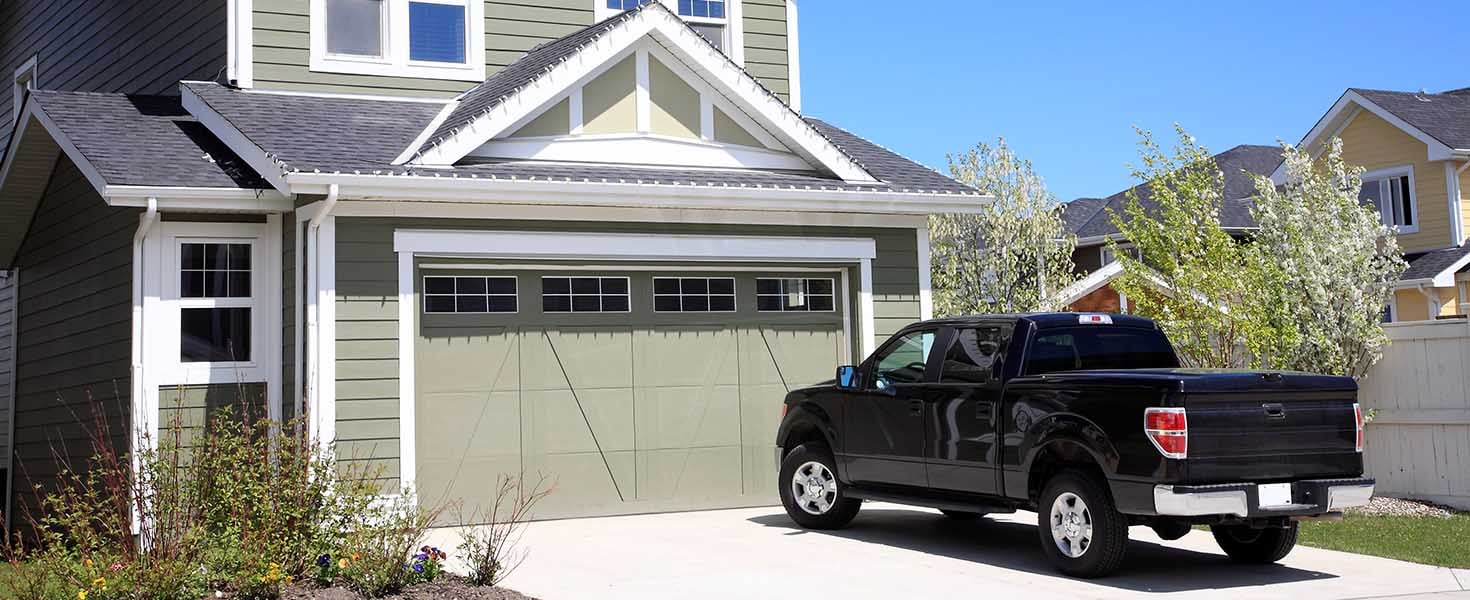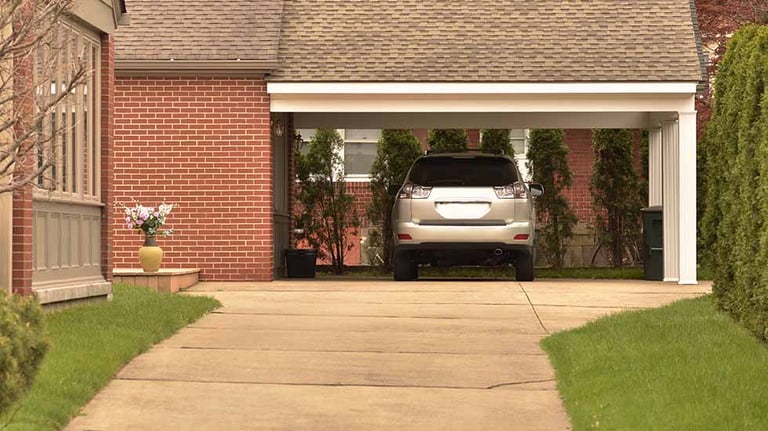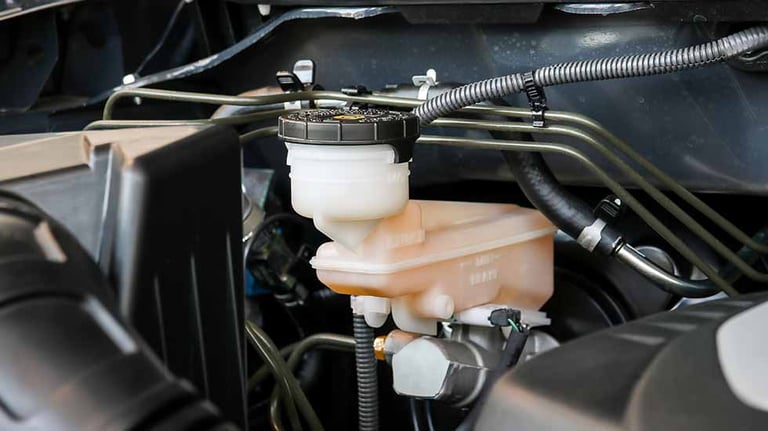Maintaining Your Car During a Driving Hiatus
How to keep vital parts and systems in their best shape while parked


Whether a vehicle is stored in a garage or parked on the street, drivers should still pay attention to vehicle maintenance during extended breaks from driving. Just because your car or truck isn't being used regularly doesn't mean your vehicle's maintenance can take a back seat. Just as our muscles and physique suffer from inactivity, so too do the vital components and systems of our vehicles when they sit parked for long periods of time.
If your vehicle shifts from being driven daily to a weekly or bi-monthly frequency, one of the first and most crucial vehicle maintenance items drivers should consider is: Where will I be storing my vehicle? If you're lucky enough to have a garage or other enclosed storage space, special attention should still be paid to things like moisture, condensation, and whether rodents have taken up residence there and could potentially invade your vehicle's nooks and crannies.
If you're planning to park your car outside, you'll need to be sure to protect its finish with regular washing. Bird droppings, debris from trees or bushes, as well as direct sunlight, can all cause damage and premature aging of your vehicle. You may even want to consider purchasing a cover that could protect it fully from the elements. A cover also provides the added bonus of keeping items stored inside away from prying eyes.

<p>When it comes to its inner workings, almost all moving parts inside your vehicle are metal. Rust is the mortal enemy of dormant metal. It can overtake moving parts and get into tight, confined spaces rather quickly, particularly if you're storing in a damp location. During your driving hiatus, it will be essential to drive your vehicle a little bit each week, no less than 30 minutes. You won't have to go far, but it's important to get on the road and<em> drive</em> the vehicle, don't just let it idle in your driveway. At an absolute minimum, be sure to start your car and let it idle each week, but a drive is a better choice. Taking the time to give your vehicle this exercise can ensure that its moving parts and gaskets stay limber, well-lubricated, rust-free, and functioning. This will also help to build the charge in your vehicle's battery and ensure your tires are rotated so they're not resting on the same contact patch.</p> <figure><img height=" />
As an added layer of protection for your vehicle's battery, consider attaching a battery tender to your battery and plugging it into a wall. This will ensure that your battery is topped off and ready to go, eliminating the need for a pesky jump start to get things going again.
Some drivers are surprised to find that fuel can go stale. The length of time it takes for this to happen depends on several factors like fuel type, how the fuel is stored, and the type of environment in which it's being stored. While most gas blends have a three to six-month shelf life, vehicle fuel stabilizer can extend fuel life and is easily purchased from big box hardware stores or online. Before storage, be sure to fill your tank in order to minimize space for condensation to build up and add the recommended amount of stabilizer to your tank.
When first driving your car again after a period of rest, you may notice some noises or smells. Your brakes may grind, but this is normal and probably an indicator that there's a bit of surface rust lurking on your brake rotors. It should subside in time.

In addition to strange sounds, you may also experience some unfamiliar smells. After sitting, cobwebs, dust, and maybe animal droppings could be burning off and creating smells you don't recognize. Also, if you trapped any condensation in air filters that may have mildewed, this could cause strange odors when you turn on your AC or heater. However, if what you're smelling persists and can't easily be identified, it's best to consult your mechanic on what you're experiencing as it may be a sign that more in-depth maintenance is needed.
Although we're all used to paying attention to mileage when it comes to our service intervals, most intervals also have a duration based on time you should not forget to monitor. Although you may have only driven 1,000 miles since your last oil change, if your vehicle has been sitting stationary for a few months, this will also reduce the lifespan of your oil.
Remember, all of the vital fluids in your car are susceptible to the wear and tear of time, so be sure to monitor them and consult with your mechanic if you have any questions.
